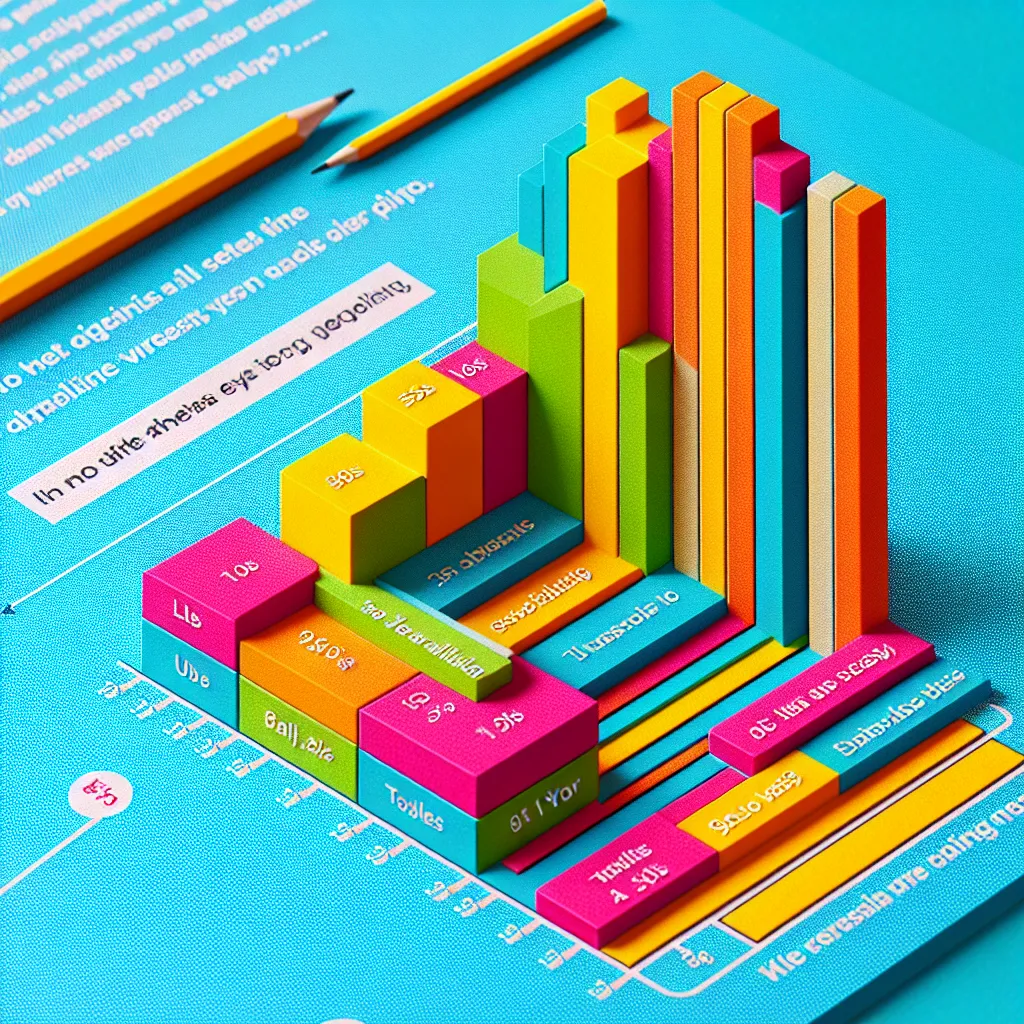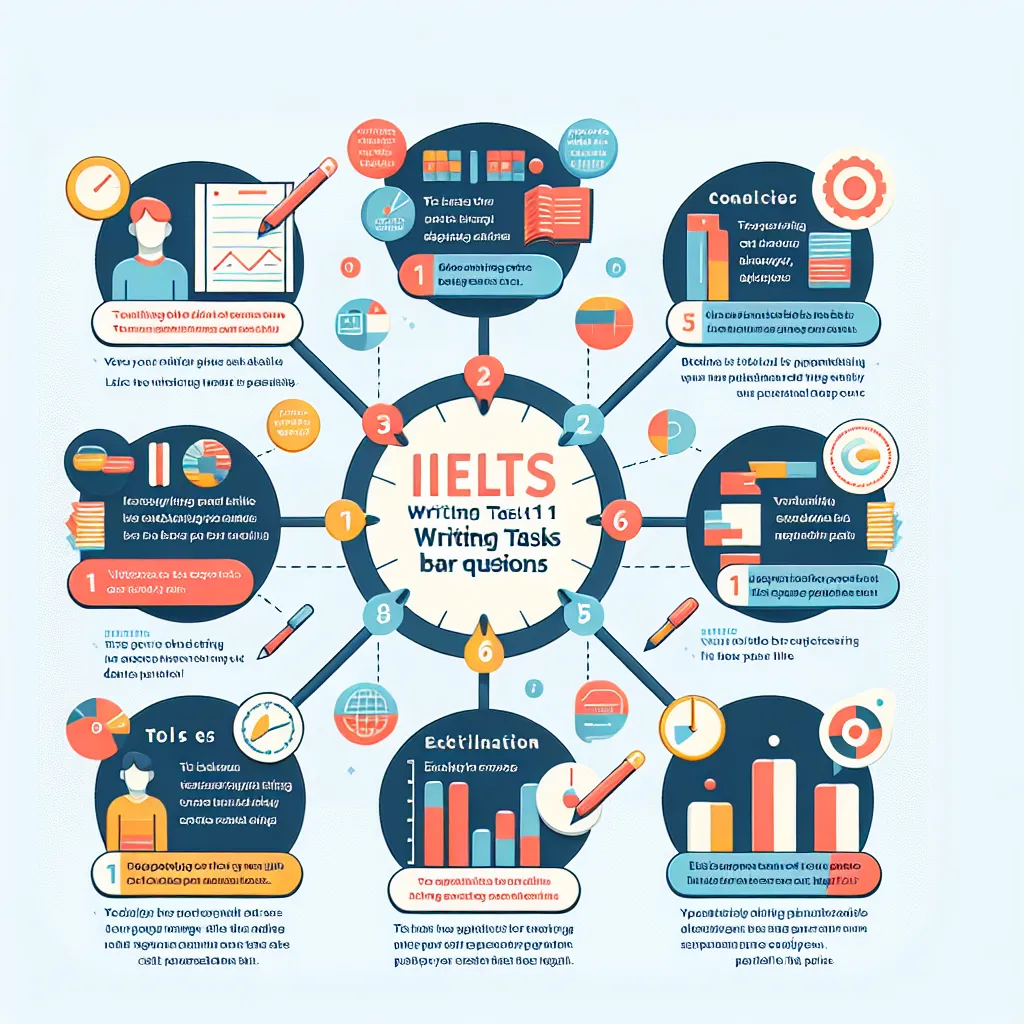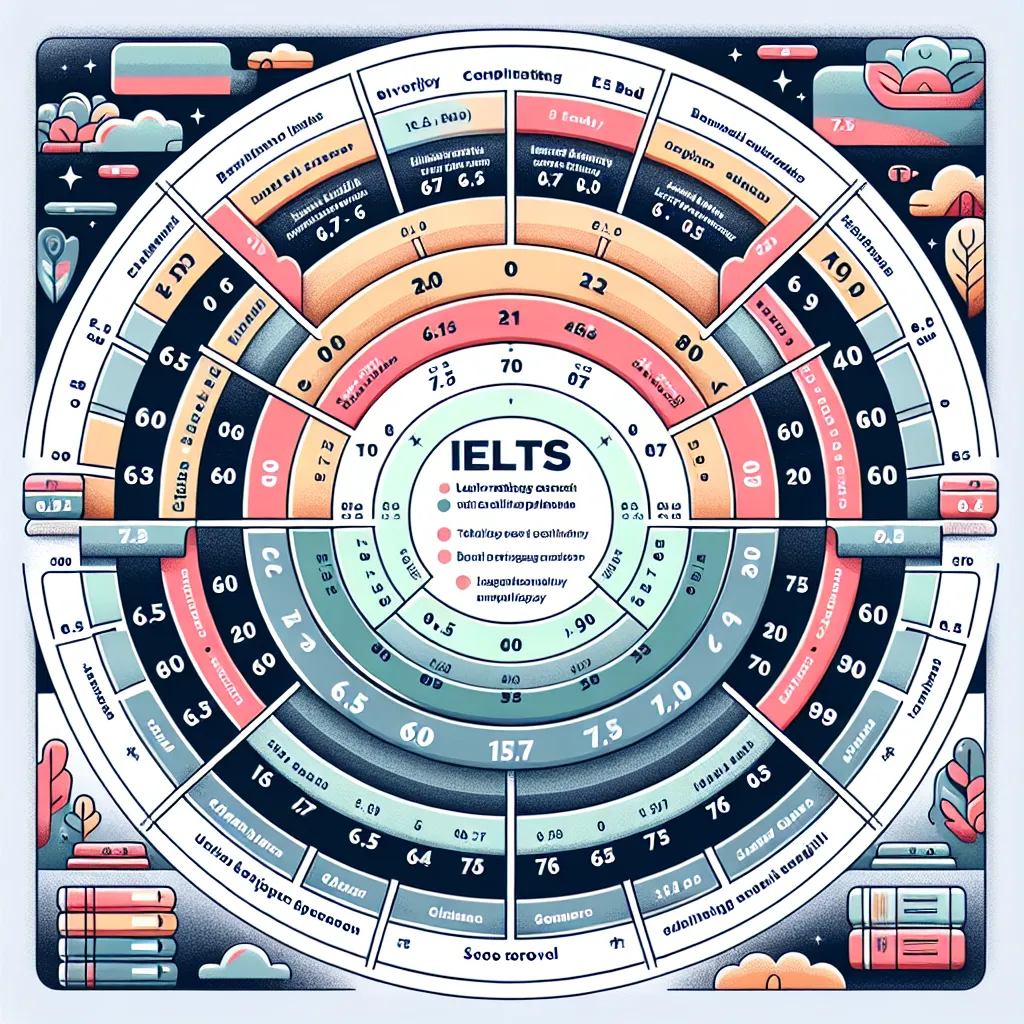Are you preparing for the IELTS exam and feeling overwhelmed by the Writing Task 1 bar chart questions? Don’t worry! This comprehensive guide will walk you through the essential steps to effectively answer these questions and boost your IELTS Writing score.
Understanding IELTS Writing Task 1 Bar Chart Questions
IELTS Writing Task 1 often includes various types of visual data, with bar charts being a common format. These questions assess your ability to interpret and describe statistical information accurately and concisely.
 IELTS bar chart example
IELTS bar chart example
Key Components of a Bar Chart
Before diving into the answer strategy, let’s familiarize ourselves with the main elements of a bar chart:
- Title: Provides an overview of the data presented
- X-axis: Usually represents categories or time periods
- Y-axis: Typically shows numerical values or percentages
- Bars: Represent the data for each category or time period
- Legend: Explains any color coding or patterns used in the chart
Step-by-Step Approach to Answering Bar Chart Questions
Follow these steps to craft a well-structured and comprehensive response to IELTS Writing Task 1 bar chart questions:
1. Analyze the Chart (2-3 minutes)
Begin by carefully examining the bar chart and identifying key information:
- Chart title and axes labels
- Time periods or categories represented
- Units of measurement
- Highest and lowest values
- Any significant trends or patterns
2. Plan Your Response (2-3 minutes)
Organize your ideas and decide on the main features you’ll highlight in your answer:
- Overall trend or main observation
- Significant comparisons or contrasts
- Notable exceptions or anomalies
3. Write an Introduction (1-2 sentences)
Start your response with a brief introduction that paraphrases the information given in the question:
- Mention the type of chart (bar chart)
- State what the chart shows (main topic and time period/categories)
Example:
“The bar chart illustrates the annual sales figures for four different types of electronic devices from 2010 to 2020.”
4. Provide an Overview (1-2 sentences)
Summarize the main trends or patterns observed in the chart:
- Highlight the most significant features
- Avoid specific numbers at this stage
Example:
“Overall, smartphones showed the most substantial growth over the decade, while desktop computers experienced a steady decline in sales.”
5. Describe Specific Details (2-3 paragraphs)
Now, delve into the specific data points and comparisons:
- Group related information together
- Use appropriate linking words to connect ideas
- Include relevant numbers and percentages
- Compare and contrast different categories or time periods
Example:
“In 2010, desktop computers dominated the market with sales of approximately 50 million units, while smartphones lagged behind at just 10 million units. However, by 2015, smartphone sales had surpassed desktops, reaching 70 million units compared to 30 million for desktops.”
6. Conclude Your Response (Optional)
If you have time, add a brief conclusion summarizing the main points:
- Restate the overall trend
- Highlight any significant findings
Example:
“In conclusion, the bar chart clearly demonstrates the shift in consumer preferences from traditional desktop computers to more portable devices, particularly smartphones, over the ten-year period.”
Tips for Success in IELTS Writing Task 1 Bar Chart Questions
To excel in answering bar chart questions, keep these tips in mind:
- Use a variety of vocabulary to describe trends (e.g., increase, rise, grow, surge, decline, fall, decrease)
- Employ appropriate tenses (past for historical data, present perfect for trends continuing to the present)
- Group similar information together for clearer organization
- Use approximations for exact figures (e.g., “approximately 75%” instead of “74.8%”)
- Practice identifying key features quickly to improve your analysis skills
 IELTS Writing Task 1 tips
IELTS Writing Task 1 tips
Common Mistakes to Avoid
Be aware of these pitfalls when answering IELTS Writing Task 1 bar chart questions:
- Copying the question verbatim instead of paraphrasing
- Describing every single data point without focusing on key features
- Failing to provide an overview of the main trends
- Using personal opinions or speculating about reasons for trends
- Exceeding the recommended word count (aim for 150-180 words)
Practice and Improvement Strategies
To enhance your performance in IELTS Writing Task 1 bar chart questions:
- Regularly practice with sample questions and past papers
- Time yourself to ensure you can complete the task within 20 minutes
- Review model answers and compare them to your own responses
- Seek feedback from a teacher or IELTS expert
- Build your vocabulary of words and phrases for describing trends and data
By following this comprehensive guide and implementing these strategies, you’ll be well-equipped to tackle IELTS Writing Task 1 bar chart questions with confidence. Remember, consistent practice and focused preparation are key to achieving your desired IELTS score. Good luck with your IELTS journey!
[internal_links]
- IELTS Writing Task 2 Essay Structure: A Step-by-Step Guide
- Top 10 IELTS Vocabulary Topics You Need to Know
- IELTS Reading Strategies: Improve Your Score in 30 Days
- IELTS Speaking Part 2: How to Deliver a Winning Long Turn
[/internal_links]




